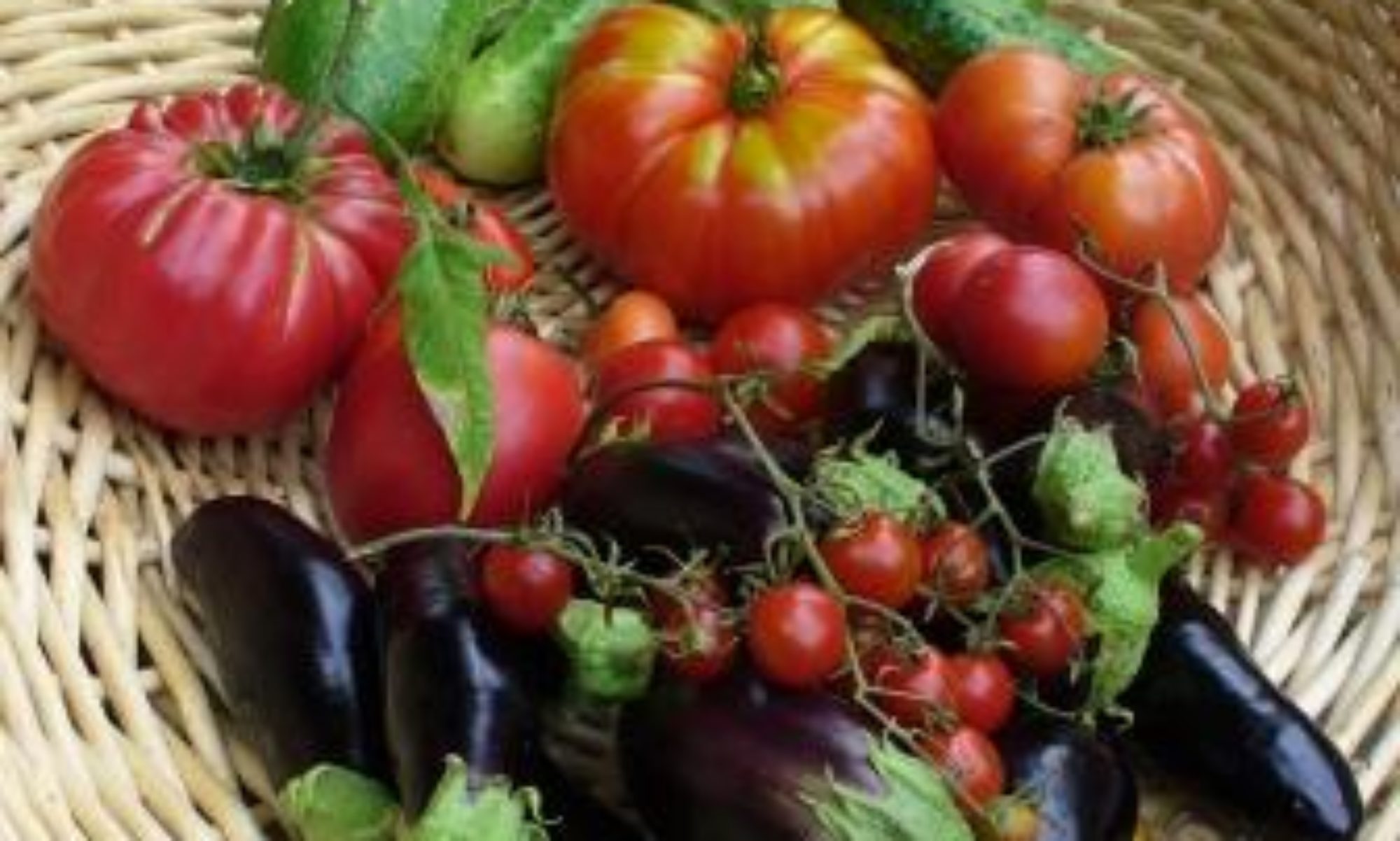Ananais Noir

High Dry Farm, Sultan, Washington….Certified Organic
Last Spring was the coldest wettest Spring on record. This Spring is worst. April 19 is the average date of last frost in this area. This year we had a hard frost on May 10. This on top of record-breaking rainfall. Now, however, real Spring has started like someone threw a switch. Day-time temperatures are hovering around 80 and sunshine is forecast every day for the next week. Now that the soil is dry enough it is a real race to get the garden planted. Anticipating that planting date would be late, I started a lot of plants in pots in my greenhouse. This includes cucumbers, summer and winter squash varieties and even corn. Here is one of my darling baby cucumber seedlings.
Enough of that, from today forward I am producing my own potting soil. This isn’t a simple matter, however, because recipes for potting soil are hugely variable, and there is almost no reliable information available about how they compare in performance. Comparing about 20 recipes from different sources, I have come up with a consensus recipe.
Potting soils generally have three types of ingredients.
1) Organic matter, to provide aeration and moisture retention. Good sources of organic matter include sphagnum moss, coir (coconut fiber) and compost.
2) Materials to promote drainage, including vermiculite, perlite, and sand.
3) Lime. Organic matter, and especially sphagnum (peat) moss is extremely acidic (typically pH 3). Addition of lime is required to bring the pH up to near neutrality (pH 6-7).
4) Fertilizer. The main requirements for fertility are nitrogen, phosphate and potassium, typically given as a nitrogen-phosphate-potassium percentage ( for example a 4-10-1 fertilizer is, by weight, 4% nitrogen, 10% phosphate and 1 percent potassium. A good ratio of the three components for vegetable is 1:2:1. I am not a stickler for staying strictly organic, but I like to go the organic route when I can. Blood meal is a widely available organic source of Nitrogen. The stuff I have is 13-0-0. Bone meal is commonly used for phosphate. My supply is 3-15-0. Wood ash is a good source of potassium, and since I sometimes heat my house with a wood-stove, it is free. Wood ash typically has a nutrient composition of 0-1-3.
An optional additional ingredient is garden soil. This will increase water retention, and will provide some additional fertility, especially in the form of micronutrients that may be lacking in the other components.
Here is my recipe-
Looking ahead to tomato season, I ordered 150 recycled 1 gallon plastic pots from Nursery Pot Liquidators on eBay. Their price is terrific and from my experience with them last year, I expect the quality to be good.
My garden calendar says that today is the time to seed a variety of vegetables indoors, for transplant later into the garden. Hmmm – that doesn’t seem right, since we just had 18″ of snow, and more is forecast. Oh well, what the hell. Seeded the following in a flat, on a heating pad –
Early cabbage
Early red cabbage
Flat leaf parsley
Black Tuscan Kale
Romaine Lettuce
Early globe onions
Bunching Onions
Leeks
Red Sail Lettuce
If I were to grow only one vegetable, this would be it… Black Tuscan Kale. The amazing specimen shown here was transplanted into the garden in March, and I have been harvesting leaves from this same plant weekly through April, May, June, July, August, September and October. When the leaves are stripped from the central rib, spritzed lightly with a mist of olive oil and then baked at 400 degrees for a few minutes, they turn into kale chips, which put any potato chip to shame.
Now that Autumn has arrived, the kale is accompanied by leeks, like these beauties. Strip the kale leaves free of the central ribs. Sautee garlic and thinly sliced leeks for a few minutes in olive oil, add the kale leaves and sautee for a few more minutes, then add a few tablespoons of water, cover, and simmer for 20 minutes. Not bad.
S
The days are getting short and dark, but my pepper crop, warmed by black plastic, remains happy. If I could grow only one pepper variety, it would be an Italian frying pepper, such as Maroni Rossi.
Sauteed in olive oil, with garlic and a few thin slices of onion, these make an amazing side dish, or a condiment for sandwiches.